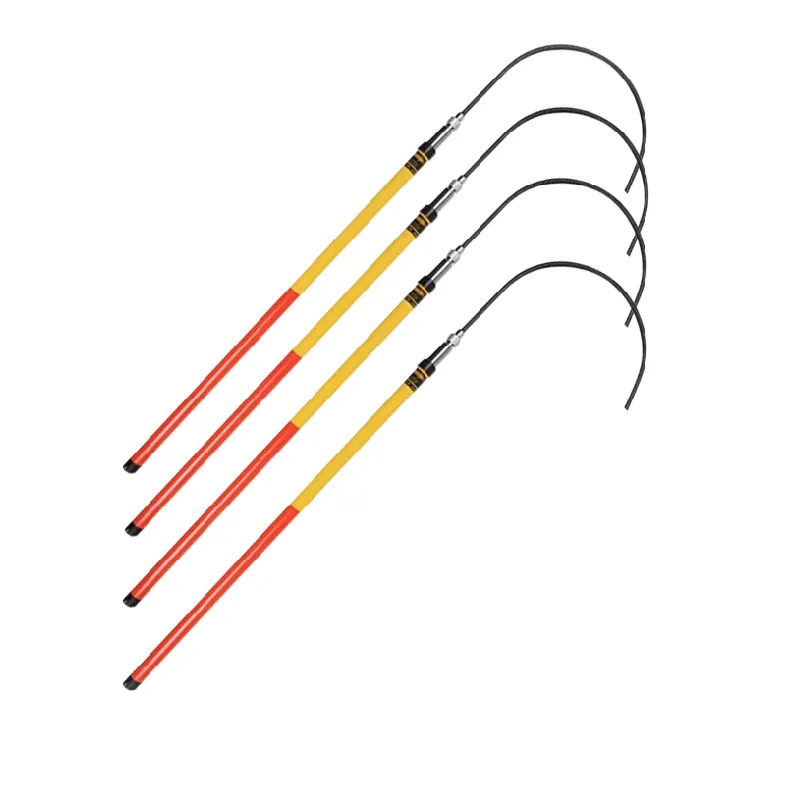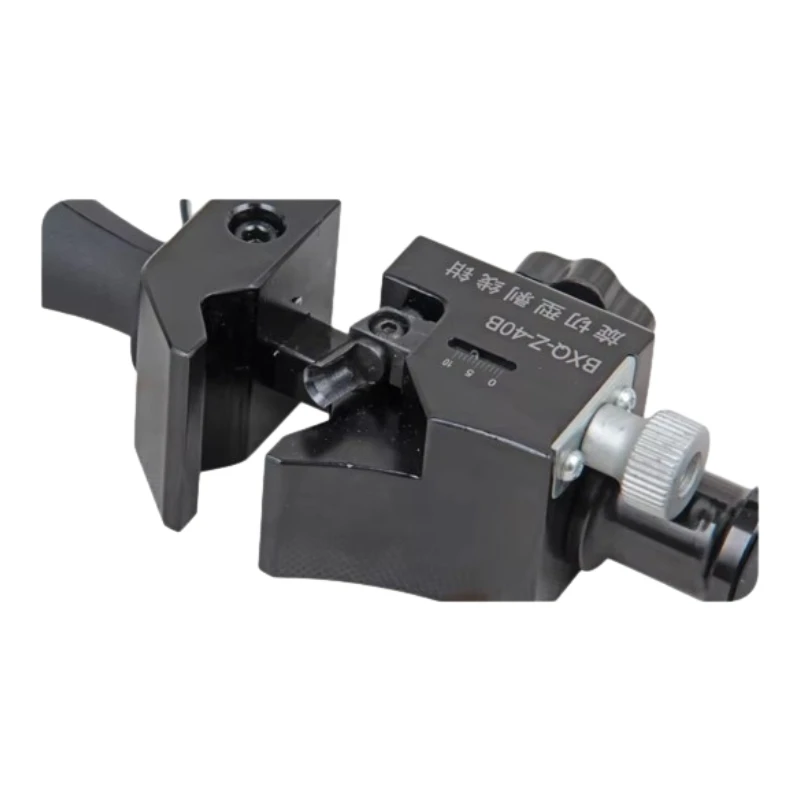
-
 Afrikaans
Afrikaans -
 Albanian
Albanian -
 Amharic
Amharic -
 Arabic
Arabic -
 Armenian
Armenian -
 Azerbaijani
Azerbaijani -
 Basque
Basque -
 Belarusian
Belarusian -
 Bengali
Bengali -
 Bosnian
Bosnian -
 Bulgarian
Bulgarian -
 Catalan
Catalan -
 Cebuano
Cebuano -
 Corsican
Corsican -
 Croatian
Croatian -
 Czech
Czech -
 Danish
Danish -
 Dutch
Dutch -
 English
English -
 Esperanto
Esperanto -
 Estonian
Estonian -
 Finnish
Finnish -
 French
French -
 Frisian
Frisian -
 Galician
Galician -
 Georgian
Georgian -
 German
German -
 Greek
Greek -
 Gujarati
Gujarati -
 Haitian Creole
Haitian Creole -
 hausa
hausa -
 hawaiian
hawaiian -
 Hebrew
Hebrew -
 Hindi
Hindi -
 Miao
Miao -
 Hungarian
Hungarian -
 Icelandic
Icelandic -
 igbo
igbo -
 Indonesian
Indonesian -
 irish
irish -
 Italian
Italian -
 Japanese
Japanese -
 Javanese
Javanese -
 Kannada
Kannada -
 kazakh
kazakh -
 Khmer
Khmer -
 Rwandese
Rwandese -
 Korean
Korean -
 Kurdish
Kurdish -
 Kyrgyz
Kyrgyz -
 Lao
Lao -
 Latin
Latin -
 Latvian
Latvian -
 Lithuanian
Lithuanian -
 Luxembourgish
Luxembourgish -
 Macedonian
Macedonian -
 Malgashi
Malgashi -
 Malay
Malay -
 Malayalam
Malayalam -
 Maltese
Maltese -
 Maori
Maori -
 Marathi
Marathi -
 Mongolian
Mongolian -
 Myanmar
Myanmar -
 Nepali
Nepali -
 Norwegian
Norwegian -
 Norwegian
Norwegian -
 Occitan
Occitan -
 Pashto
Pashto -
 Persian
Persian -
 Polish
Polish -
 Portuguese
Portuguese -
 Punjabi
Punjabi -
 Romanian
Romanian -
 Russian
Russian -
 Samoan
Samoan -
 Scottish Gaelic
Scottish Gaelic -
 Serbian
Serbian -
 Sesotho
Sesotho -
 Shona
Shona -
 Sindhi
Sindhi -
 Sinhala
Sinhala -
 Slovak
Slovak -
 Slovenian
Slovenian -
 Somali
Somali -
 Spanish
Spanish -
 Sundanese
Sundanese -
 Swahili
Swahili -
 Swedish
Swedish -
 Tagalog
Tagalog -
 Tajik
Tajik -
 Tamil
Tamil -
 Tatar
Tatar -
 Telugu
Telugu -
 Thai
Thai -
 Turkish
Turkish -
 Turkmen
Turkmen -
 Ukrainian
Ukrainian -
 Urdu
Urdu -
 Uighur
Uighur -
 Uzbek
Uzbek -
 Vietnamese
Vietnamese -
 Welsh
Welsh -
 Bantu
Bantu -
 Yiddish
Yiddish -
 Yoruba
Yoruba -
 Zulu
Zulu


TEL:
0086-311-88862036
Jan . 14, 2025 11:21 Back to list
fish tape through insulation
Navigating fish tape through insulation is an art that combines knowledge, expertise, and the right tools to ensure successful electrical installations. As any seasoned electrician will attest, insulation presents a significant barrier when running cables through walls or ceilings. Understanding how to efficiently utilize fish tape can save time, reduce frustration, and guarantee a seamless installation process.
In situations where multiple attempts are unsuccessful, an inspection of the entry point may reveal obstructions or miscalculations in the path. Detaching and resecuring the tape may sometimes be necessary, adjusting strategies with each trial and error until success is reached. Expert electricians often recommend pairing fish tape use with complementary tools such as a flexible drill bit or glow rods, which can illuminate paths for improved visibility. Such enhancements bolster chances of success in poorly lit or densely packed areas. Above all, safety cannot be overstated. Prior to commencing any electrical work, it is imperative to ensure power is disconnected from the working area to avert potential hazards. Wearing protective gear, including gloves and eye protection, is likewise advisable to shield against insulation fibers or accidental injury. In essence, proficiency with fish tape within insulated spaces is a combination of patience, skill, and the right equipment. Mastery elevates an electrician’s efficacy, enabling cleaner, efficient wire installations that uphold industry standards and client satisfaction.


In situations where multiple attempts are unsuccessful, an inspection of the entry point may reveal obstructions or miscalculations in the path. Detaching and resecuring the tape may sometimes be necessary, adjusting strategies with each trial and error until success is reached. Expert electricians often recommend pairing fish tape use with complementary tools such as a flexible drill bit or glow rods, which can illuminate paths for improved visibility. Such enhancements bolster chances of success in poorly lit or densely packed areas. Above all, safety cannot be overstated. Prior to commencing any electrical work, it is imperative to ensure power is disconnected from the working area to avert potential hazards. Wearing protective gear, including gloves and eye protection, is likewise advisable to shield against insulation fibers or accidental injury. In essence, proficiency with fish tape within insulated spaces is a combination of patience, skill, and the right equipment. Mastery elevates an electrician’s efficacy, enabling cleaner, efficient wire installations that uphold industry standards and client satisfaction.
Next:
Latest news
What Are Construction Tools and How Are They Used?
NewsJul.11,2025
Professional-Grade Duct Rodding Tools for Superior Cable Installation
NewsJul.11,2025
Enhancing Safety and Efficiency with Modern Hot Stick Solutions
NewsJul.11,2025
Empowering Cable Installation with Advanced Rodder Solutions
NewsJul.11,2025
Elevate Your Cable Installation Projects with Cable Pulling Tools
NewsJul.11,2025
Efficient Cable Handling Solutions: Cable Rollers for Sale
NewsJul.11,2025
Copyright © 2025 Shijiazhuang Bilo Import and Export Trading Co., Ltd. All Rights Reserved. Sitemap | Privacy Policy

BlLo lmport & Éxport is specialized in power and cable equipment andconsiruction tools,Qur main producis are FRP
duct rodder, cable rollerscable pulling winch, cable drum jack, cable pulling sock, etc.
Copyright © 2025 Shijiazhuang Bilo Import and Export Trading Co., Ltd. All Rights Reserved. Sitemap | Privacy Policy










